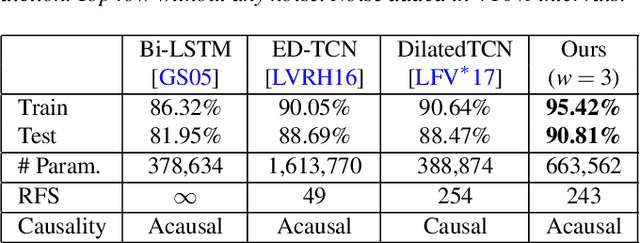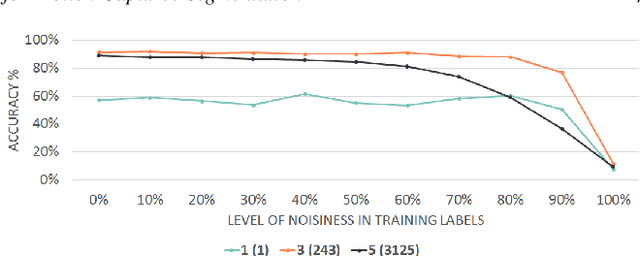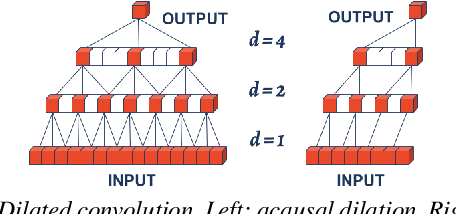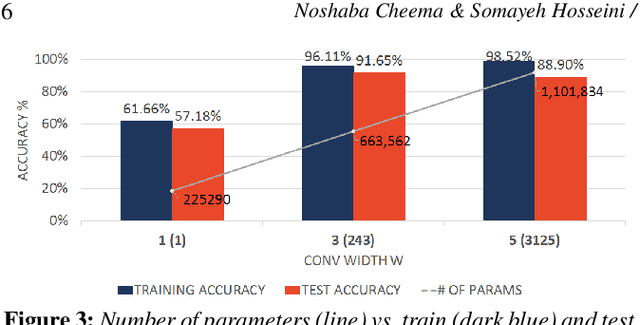Somayeh Hosseini
Fine-Grained Semantic Segmentation of Motion Capture Data using Dilated Temporal Fully-Convolutional Networks
Mar 02, 2019



Abstract:Human motion capture data has been widely used in data-driven character animation. In order to generate realistic, natural-looking motions, most data-driven approaches require considerable efforts of pre-processing, including motion segmentation and annotation. Existing (semi-) automatic solutions either require hand-crafted features for motion segmentation or do not produce the semantic annotations required for motion synthesis and building large-scale motion databases. In addition, human labeled annotation data suffers from inter- and intra-labeler inconsistencies by design. We propose a semi-automatic framework for semantic segmentation of motion capture data based on supervised machine learning techniques. It first transforms a motion capture sequence into a ``motion image'' and applies a convolutional neural network for image segmentation. Dilated temporal convolutions enable the extraction of temporal information from a large receptive field. Our model outperforms two state-of-the-art models for action segmentation, as well as a popular network for sequence modeling. Most of all, our method is very robust under noisy and inaccurate training labels and thus can handle human errors during the labeling process.
Dilated Temporal Fully-Convolutional Network for Semantic Segmentation of Motion Capture Data
Jun 24, 2018



Abstract:Semantic segmentation of motion capture sequences plays a key part in many data-driven motion synthesis frameworks. It is a preprocessing step in which long recordings of motion capture sequences are partitioned into smaller segments. Afterwards, additional methods like statistical modeling can be applied to each group of structurally-similar segments to learn an abstract motion manifold. The segmentation task however often remains a manual task, which increases the effort and cost of generating large-scale motion databases. We therefore propose an automatic framework for semantic segmentation of motion capture data using a dilated temporal fully-convolutional network. Our model outperforms a state-of-the-art model in action segmentation, as well as three networks for sequence modeling. We further show our model is robust against high noisy training labels.
 Add to Chrome
Add to Chrome Add to Firefox
Add to Firefox Add to Edge
Add to Edge